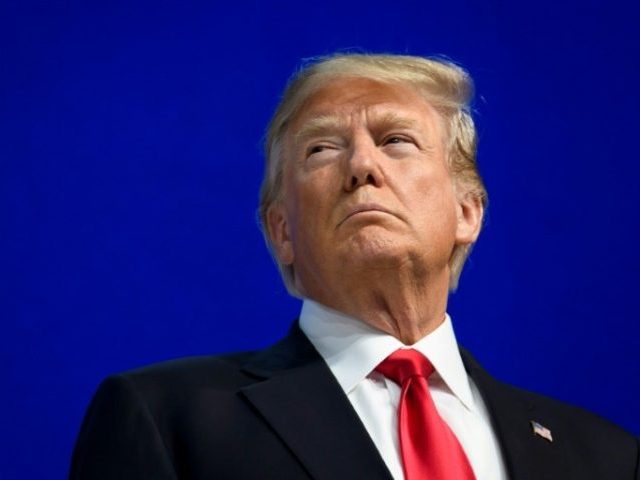The House Intelligence Committee released its classified memo detailing alleged abuse by senior FBI and Justice Department officials on Friday, after the president approved its release.
Among the memo’s findings are:
- The anti-Trump dossier funded by the Clinton campaign and the Democratic National Committee formed an “essential” part of the initial and all three renewal surveillance applications against Trump campaign adviser Carter Page;
- The political origins of the dossier were “known to senior DOJ and FBI officials,” but those origins were not included in applications to obtain the warrant;
- Also used to justify the surveillance warrants against Page was a news story supposedly corroborating the dossier, that was pushed by the dossier author Christopher Steele himself — yet the FISA application incorrectly says Steele did not provide the information in the article;
- Perkins Coie — the law firm for the Clinton campaign and the Democratic National Committee hosted a meeting with Steele, Fusion GPS and media (this revelation makes it harder for the Clinton campaign and the DNC to deny they knew about the dossier, though Clinton and other top DNC officials at that time have denied knowing about it);
- Steele was “suspended and then terminated” as an FBI source, after the FBI learned that he made an authorized disclosure of his relationship with the FBI to liberal media magazine Mother Jones, and he lied to the FBI about his previous media contacts with Yahoo! and other outlets;
- Steele — although portrayed as a “boy scout” by Fusion GPS co-founder Glenn Simpson — had personal bias against candidate Donald Trump, telling senior Justice Department official Bruce Ohr that he was “desperate that Donald Trump not get elected and was passionate about him not being president”;
- Ohr’s wife Nellie Ohr assisted with the dossier, but the FBI or the DOJ did not disclose this connection in the application for the FISA warrant, even though Bruce Ohr worked “closely” with Deputy Attorney Generals Sally Yates and then Rod Rosenstein;
- At the time that the FBI used the dossier to obtain the spy warrant on Page in October 2016, head of the FBI’s counterintelligence division Bill Priestap had assessed that the corroboration of the dossier was still in its “infancy,” and after Steele was terminated as a source, an FBI unit assessed his reporting as only “minimally corroborated”;
- FBI Deputy Director Andrew McCabe acknowledged to the House Intelligence Committee in December 2017 that no warrant would have been sought without the dossier;
- The FISA warrant also mentioned information related to another Trump campaign adviser, George Papadopoulos, even though there was no evidence of cooperation or conspiracy between Page and Papadopoulos;
- The memo does not state what the information about Papadopoulos was, but said that information was the trigger to the FBI’s counterintelligence investigation on Russian meddling and collusion in late July 2016 (he had told an Australian diplomat at a London bar that a Maltese professor connected to Russia had told him he had dirt on Clinton in the form of emails);
- Peter Strzok, the No. 2 at the FBI’s counterintelligence division opened the bureau’s investigation on Russian meddling and collusion (text messages between him and fellow FBI official and lover Lisa Page show that he held an anti-Trump bias).
The memo was released without any of the redactions sought by the FBI and the DOJ.




















